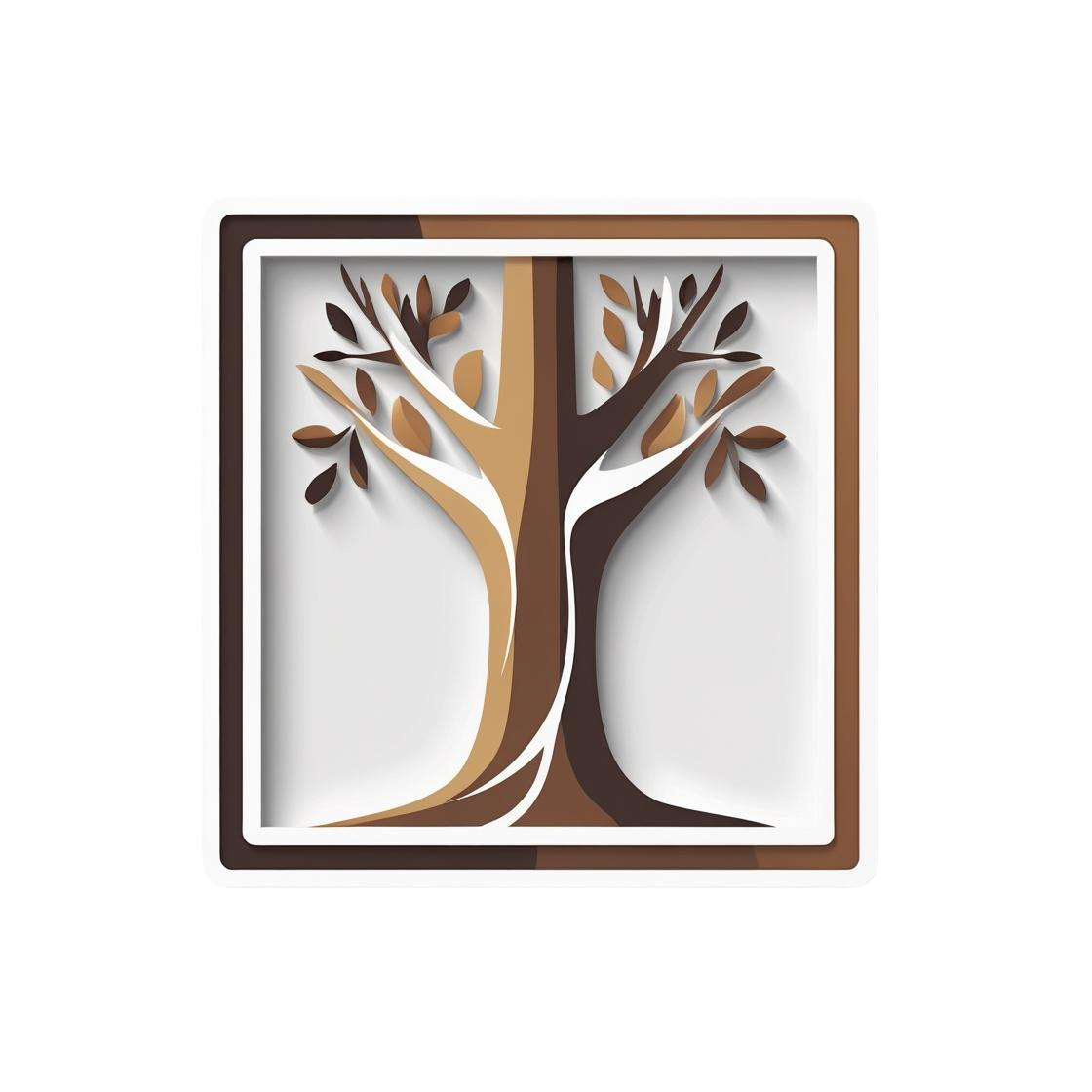Professional Tree Trimming & Pruning
Proper tree trimming and pruning are essential for maintaining healthy, beautiful trees that enhance your property's value and safety. At Peachtree Corners Tree Service, our certified arborists use scientifically-based pruning techniques to improve tree structure, promote healthy growth, and reduce potential hazards while preserving the natural beauty of your landscape.
The Science Behind Professional Pruning
Tree pruning is both an art and a science that requires understanding tree biology, growth patterns, and species-specific needs. Our certified arborists know how trees respond to different types of cuts and timing of pruning activities. Proper pruning promotes strong branch structure, improves air circulation, and allows better light penetration throughout the canopy, all of which contribute to overall tree health.
Did you know that improper pruning can actually weaken trees and make them more susceptible to disease and storm damage? Trees have natural defense mechanisms that activate when properly pruned, but incorrect cuts can create entry points for pests and diseases. Our team makes precise cuts at the right locations to promote rapid healing and maintain the tree's natural defense systems.
Types of Pruning Services We Provide
Crown cleaning involves removing dead, dying, diseased, and weakly attached branches from the tree's canopy. This type of pruning is essential for tree health and safety, as it eliminates potential failure points and improves the tree's appearance. Crown cleaning should be performed regularly, typically every 3-5 years for most mature trees, to maintain optimal health and structure.
Crown thinning selectively removes branches to increase light penetration and air movement throughout the canopy. This technique is particularly beneficial for dense trees that may be blocking sunlight from reaching your lawn or garden. Crown raising removes lower branches to provide clearance for vehicles, pedestrians, buildings, or other structures while maintaining the tree's natural shape and character.
Seasonal Timing for Optimal Results
The timing of tree pruning significantly affects the tree's response and overall health. Most deciduous trees benefit from dormant season pruning, typically performed between late fall and early spring when trees are not actively growing. This timing minimizes stress on the tree and reduces the risk of pest and disease transmission through fresh cuts.
However, timing varies by species and specific goals. Some trees, like maples and birches, may "bleed" sap if pruned in late winter or early spring, though this bleeding doesn't harm the tree. Flowering trees require specific timing to avoid removing next year's flower buds. Our arborists understand these species-specific requirements and schedule pruning activities for optimal results.
Safety and Storm Damage Prevention
Regular pruning significantly reduces the risk of storm damage and falling branches. By removing weak, damaged, or poorly attached branches before they fail, we help prevent property damage and personal injury during severe weather events. Trees with proper structure and regular maintenance are much more likely to survive storms with minimal damage. In cases where trees are beyond saving, we also provide professional tree removal services.
We also focus on eliminating hazards around your home and property. Branches hanging over roofs, touching power lines, or blocking visibility at driveways and intersections pose significant risks that proper pruning can eliminate. Our team identifies these hazards during our assessment and incorporates their removal into our pruning plan to enhance safety and prevent future problems.
Equipment and Techniques
We use professional-grade equipment designed specifically for tree care, including sharp, clean pruning tools that make precise cuts without damaging bark or surrounding tissue. Our team uses proper climbing techniques and safety equipment to access all parts of the tree canopy safely. For larger trees, we may use bucket trucks or specialized rigging equipment to position our arborists for optimal cutting angles.
All pruning cuts are made according to industry standards, preserving the branch collar and avoiding flush cuts that can damage the tree's natural healing process. We also sterilize our equipment between trees when necessary to prevent the spread of diseases, particularly when working with species susceptible to specific pathogens. This attention to detail ensures that our pruning activities promote rather than compromise tree health. Learn more about our certified arborists and professional standards, or contact us to schedule your tree trimming service.
